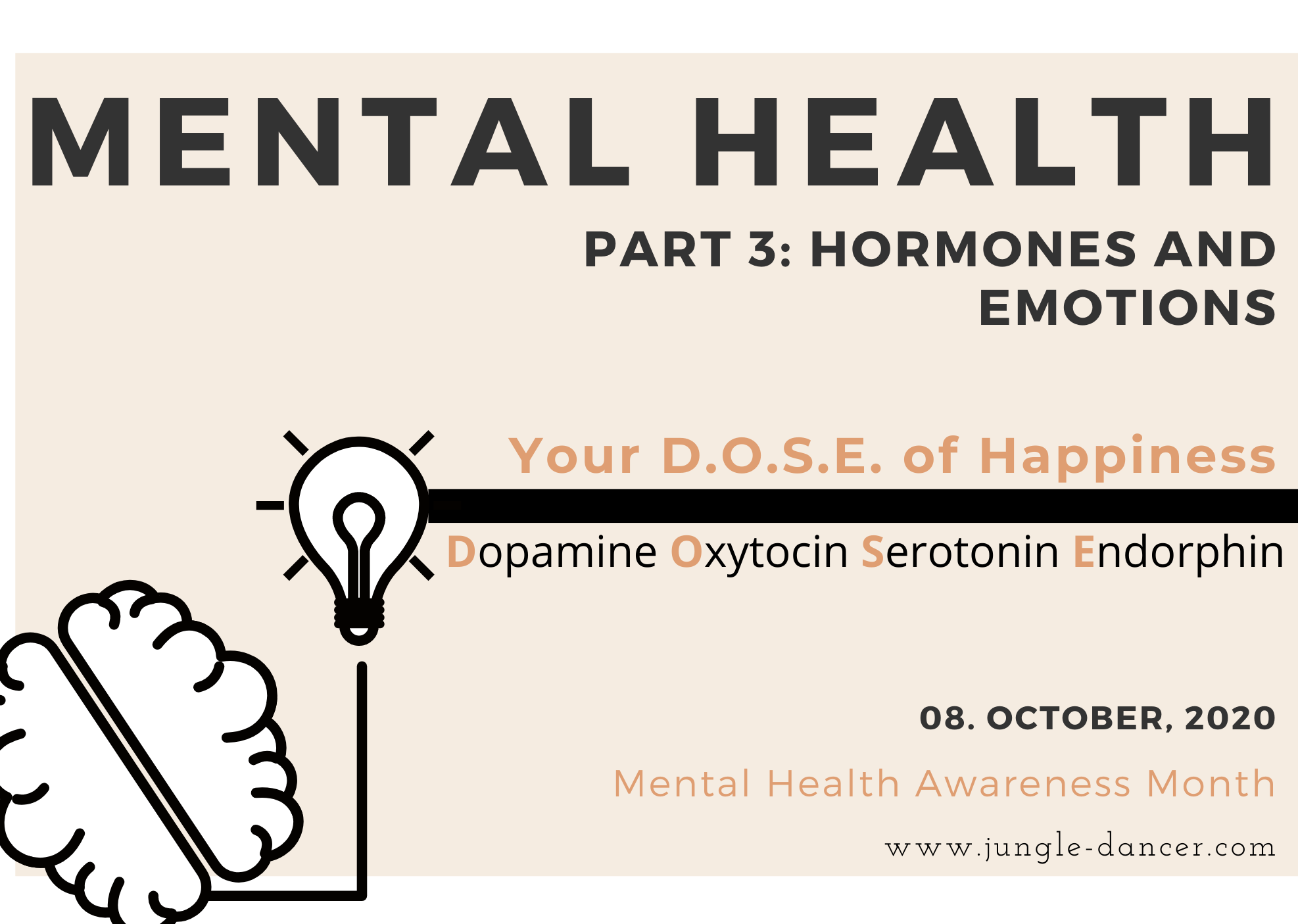
/what-are-endorphins-5025072_final-8cd50903312745ab88221df25ffcab46.png)
Α-endorphin and γ-endorphin are primarily found in the anterior and intermediate pituitary. α-endorphin has the shortest sequence, and β-endorphin has the longest sequence. α-endorphin and γ-endorphin result from proteolytic cleavage of β-endorphin between the Thr(16)-Leu(17) residues and Leu(17)-Phe(18) respectively. The endorphins are all synthesized from the precursor protein, proopiomelanocortin, and all contain a Met-enkephalin motif at their N-terminus: Tyr-Gly-Gly-Phe-Met. The class of endorphins consists of three endogenous opioid peptides: α-endorphin, β-endorphin, and γ-endorphin. Thus, endorphin is a contraction of 'endo(genous) (mo)rphin' (morphin being the old spelling of morphine). The word endorphin is derived from ἔνδον / Greek: éndon meaning "within" ( endogenous, ἐνδογενής / Greek: endogenes, "proceeding from within"), and morphine, from Morpheus ( Ancient Greek: Μορφεύς, romanized: Morpheús), the god of dreams in the Greek mythology. Opioid peptides are classified based on their precursor propeptide: all endorphins are synthesized from the precursor proopiomelanocortin (POMC), encoded by proenkephalin A, and dynorphins encoded by pre-dynorphin. Studies have subsequently distinguished between enkephalins, endorphins, and endogenously-produced morphine, which is not a peptide. In addition, they found that it is completely removed from opiate receptors by naloxone, an identified morphine antagonist. Wilhelm Feldberg and Derek George Smyth in 1977 confirmed this claim, finding β-endorphin to be much stronger than morphine.

They identified that β-endorphin produced strong analgesic effects. In 1976, Choh Hao Li and David Chung recorded the sequences of α-, β-, and γ-endorphin isolated from camel pituitary glands for their opioid activity.

This term was essentially assigned to any peptide that demonstrated morphine-like activity. Simon, who independently discovered opioid receptors, would later term these peptides as endorphins. Snyder isolated morphine-like peptides from calf brain. Research during this time was focused on the search for a painkiller that did not have the addictive character or overdose risk of morphine. This came after the discovery of a receptor that was proposed to produce the pain-relieving analgesic effects of morphine and other opioids, which led Kosterlitz and Hughes to their discovery of the endogenous opioid ligands. They isolated " enkephalins" (from the Greek εγκέφαλος, cerebrum) from pig brain, identified as Met-enkephalin and Leu-enkephalin. Opioid peptides in the brain were first discovered in 1973 by investigators at the University of Aberdeen, John Hughes and Hans Kosterlitz.


 0 kommentar(er)
0 kommentar(er)
